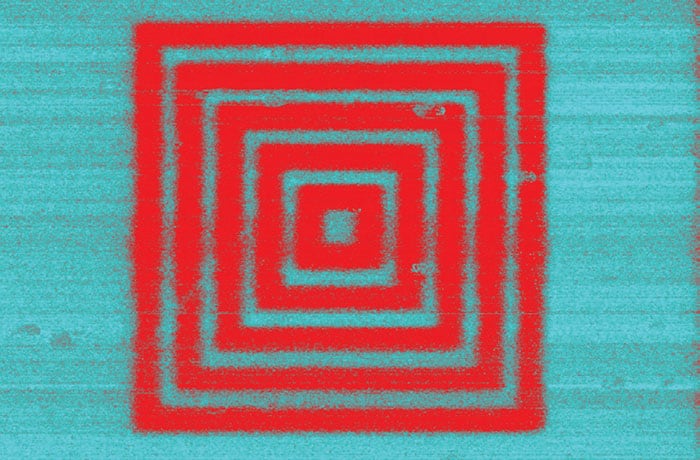Flash Physics is our daily pick of the latest need-to-know developments from the global physics community selected by Physics World‘s team of editors and reporters

Spotting deep-Earth tremors via seismic “CT scans”
The largest array of seismometers ever deployed on the sea floor has been used to peer some 160 km underneath a massive tectonic plate that is moving under North America. Coupled with other arrays in the US, the team from the University of California, Berkeley, used seismic tomography to scan the Juan de Fuca plate and part of the Earth’s mantle directly below it. The plate is currently moving under North America and forms a 1300 km-long region referred to as the Cascadia subduction zone. The research has improved our understanding of what drives subduction. This is when a tectonic plate moves sideways and below another, often causing catastrophic earthquakes. The research will also help to refine models of plate tectonics. Currently, the evidence suggests three different scenarios: the plates are pushed from mid-ocean ridges, or they are pulled from their subducting slabs, or their movement is driven by the drag of the viscous mantle material that lies directly below. The new scans show that for the Cascadia subduction zone, a distinct, thin layer separates the plate from the mantle beneath. The work is described in Science.
Manipulating objects using 3D acoustic holograms
A simple new technique to create complex 3D sound fields or “acoustic holograms” has been developed by an international team of researchers. Such fields could be used to move and manipulate microscale objects in both air and liquids without having to touch them, making the technique very useful for applications such as medical imaging and selective heating. Peer Fischer from the Max Planck Institute for Intelligent Systems in Stuttgart, Germany, and colleagues have used a 3D printer to create a plastic plate that, when placed in front of an acoustic transducer, alters the sound waves to create the desired sound field. They use the system to cause microparticles suspended in water to converge into a “dove-of-peace”-like image (seen above). While a similar approach has been demonstrated previously (see “Sonic tractor beam can manipulate objects in mid-air”, Fischer’s technique does away with the need for an array of transducers, replacing it with a single plate. The acoustic holograms are described in Nature.
Material has simultaneous electric and magnetic order at room temperature

A new material that has both electric and magnetic ordering at room temperature has been unveiled by researchers in the US. The material is based on alternating layers of two compounds containing lutetium, iron and oxygen – LuFeO3 and LuFe2O4. LuFeO3 is a multiferroic with both a spontaneous electric polarization and magnetization. However, its magnetization is too small to be of much use. LuFe2O4 on the other hand lacks electric polarization but has a strong magnetization. Julia Mundy and Charles Brooks of Cornell University and colleagues found that when a single atomic layer of LuFe2O4 is alternated with nine layers of LuFeO3, LuFe2O4 also becomes multiferroic. Furthermore, the layered material has strong coupling between the electric polarization and magnetization at room temperature – something that had been very difficult to achieve. The material could find use in applications including low-energy computer memories. It is described in Nature.
You can find all our daily Flash Physics posts in the website’s news section, as well as on Twitter and Facebook using #FlashPhysics. Tune in to physicsworld.com later today to read today’s extensive news story on knitted nanotubes.



